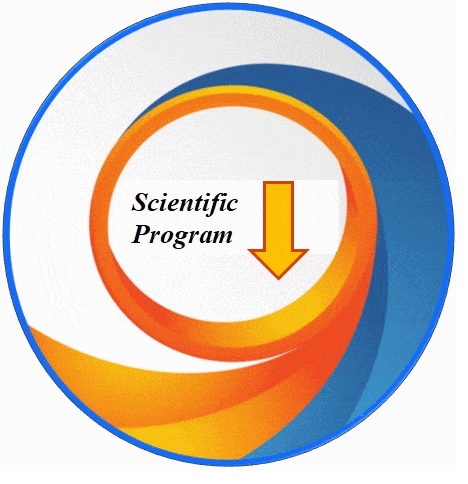
Juan Wan
Huazhong Agricultural University
Title: Electroacupuncture attenuates visceral hypersensitivity by inhibiting JAK2/STAT3 signaling pathway in the descending pain modulation system
Biography
Biography: Juan Wan
Abstract
Electroacupuncture (EA) has been used for treating visceral hypersensitivity (VH). However, the underlying molecular mechanism remains unclear. This study was aim to testify the effect of EA on ileitis-provoked VH, and to confirm whether EA attenuates VH through Janus kinase 2 (JAK2)/ signal transducers and activators of transcription 3 (STAT3) signaling pathway in the descending pain modulation system. Methods: Goats were anaesthetized for injecting 2,4,6-trinitro-benzene-sulfonic acid (TNBS)-ethanol solution into the ileal wall to induce VH. EA was treated for 30 min from day 7, then every three days for six times. VH was assessed by visceromotor response (VMR) and pain behavior response to 20, 40, 60, 80 and 100 mmHg colorectal distension pressures at day 7, 10, 13, 16, 19 and 22. The spinal cord in the eleventh thoracic vertebra and brain were collected at day 22. The protein and mRNA levels of IL-6, JAK2 and STAT3 in SCDH were detected. The distribution of these substances was observed in ventrolateral PAG (vlPAG), RVM (mainly the nucleus raphe magnus, NRM), SCDH, nucleus tractus solitaries (NTS) and dorsal motor nucleus of vagi (DMV). Results: Goats administered with TNBS-ethanol showed enhanced VMR and pain behavior response, and increased IL-6, phosphorylated JAK2 and STAT3 (pJAK2 and pSTAT3) in vlPAG, NRM, NTS and DMV, and their protein and mRNA levels in the SCDH. EA relieved VMR and pain behavior response, decreased IL-6, pJAK2 and pSTAT3 levels in vlPAG, NRM, SCDH, NTS. Conclusion: EA attenuates VH probably through inhibiting JAK2/STAT3 pathway in the PAG-RVM-SCDH axis.

